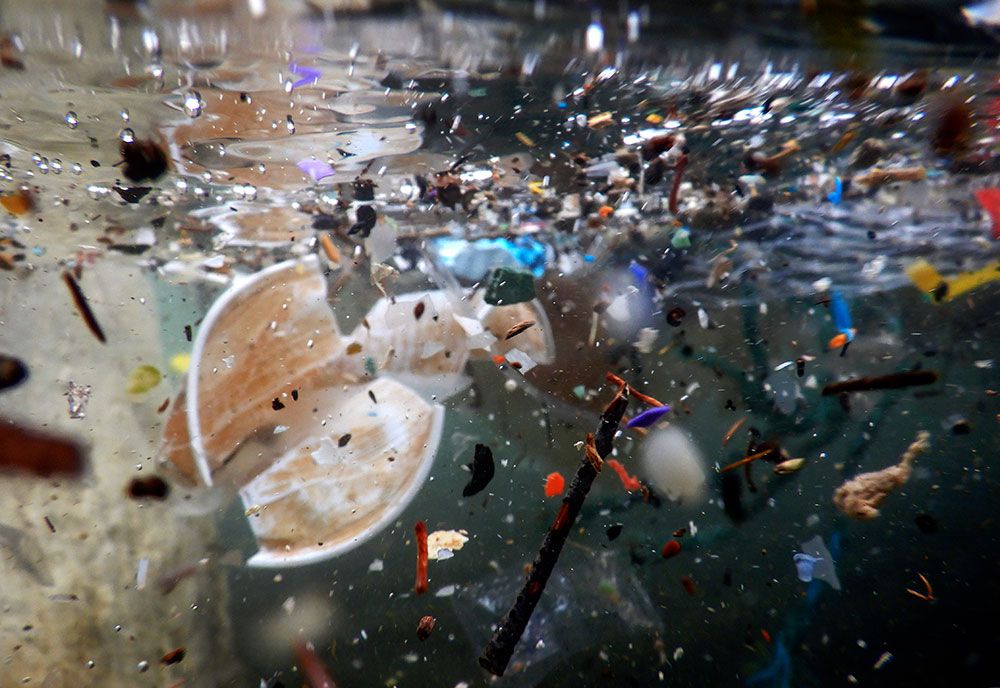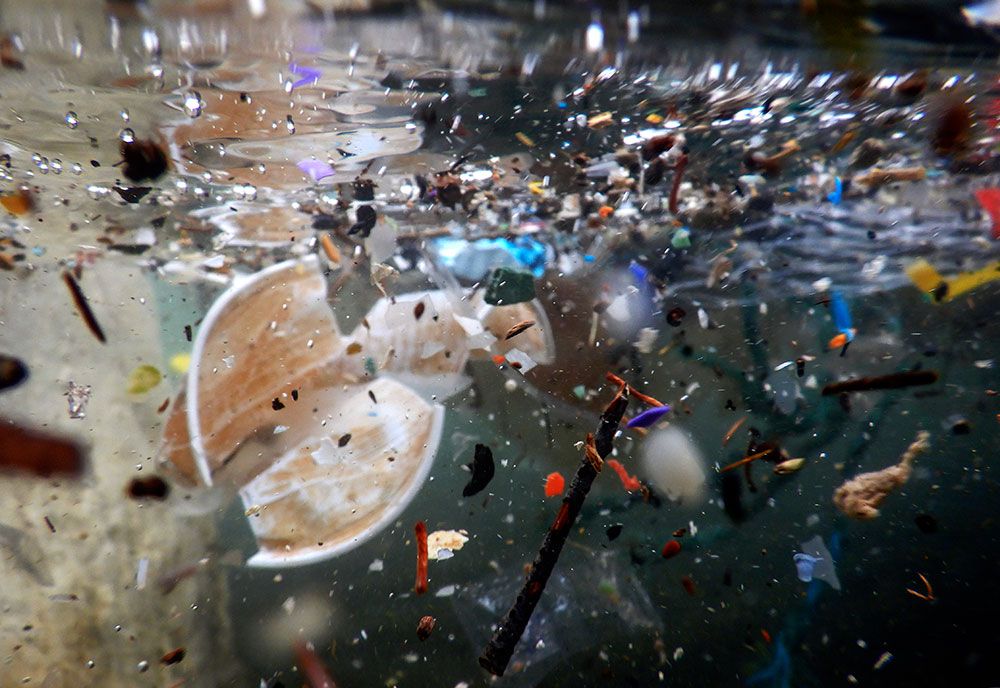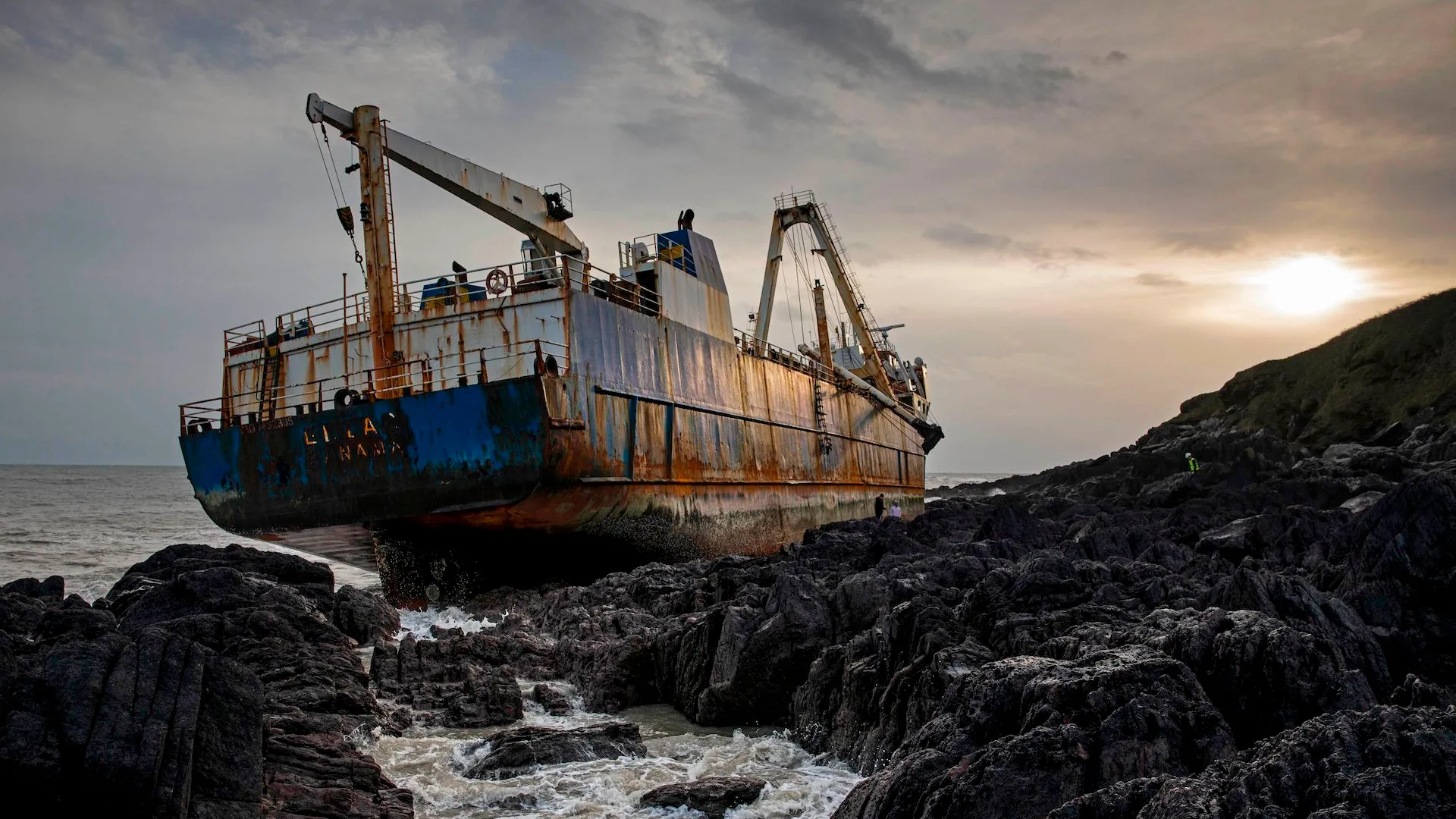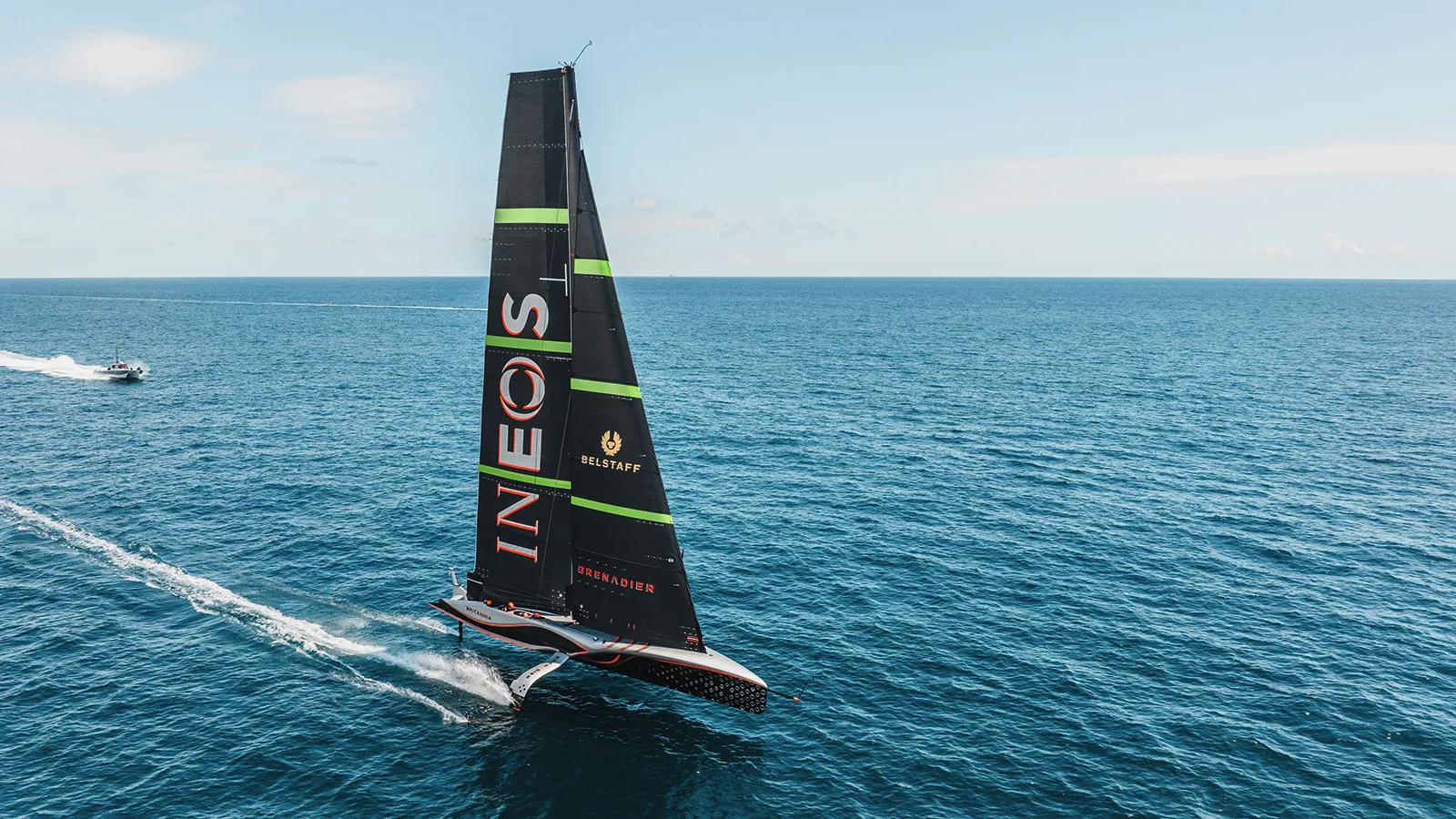Microplastics in the Deep: A Hidden Ocean Crisis 🌊🧪
Published on: April 2025
Category: Environment & Science
Plastic pollution continues to dominate global environmental concerns—and the latest findings reveal an alarming truth that’s gone largely unnoticed. While we’ve long worried about floating bottles and bags choking marine life at the ocean’s surface, it turns out that the true plastic crisis may be hidden far below the waves.
📉 15 Million Tons of Microplastics Lurk Below the Surface
According to a recent study conducted off the coast of Australia, an estimated 15 million tons of microplastics have already sunk to the deep sea. That’s twice the amount of plastic previously estimated to be floating on the ocean’s surface.
The groundbreaking research involved detailed seafloor sampling in remote regions, where scientists recovered marine sediment and meticulously analyzed the particles within. Their goal: to determine the global scale of microplastic contamination on the ocean floor. The results? Sobering.
“These findings are likely conservative,” the study’s lead scientists warned, “meaning the actual amount of microplastics in the deep sea could be even higher.”
🔬 What Are Microplastics?

Microplastics are tiny plastic fragments less than five millimeters in size. They result from the breakdown of larger plastics or are manufactured as microbeads found in cosmetics and cleaning products. Because of their small size, they often go undetected—but they pose an enormous threat to marine life.
Once ingested by fish, corals, or plankton, microplastics can travel up the food chain and even end up on our dinner plates. In the deep sea, these particles can become embedded in the sediment, disrupting ecosystems we’re only beginning to understand.
🌍 A Global Wake-Up Call
The implications of this study go far beyond Australia’s coastline. Since ocean currents and marine debris move across the globe, this means microplastics are accumulating in the deepest, most remote corners of our planet.
What’s worse? These plastics don’t just disappear. Once they settle in the ocean floor, they can persist for hundreds—if not thousands—of years, affecting everything from microbial life to larger deep-sea species.
📢 Why This Matters Now More Than Ever
This new research should serve as a wake-up call for policymakers, industries, and consumers alike. While beach cleanups and bans on single-use plastics help, much more needs to be done to address the full lifecycle of plastic—especially what happens to it once it escapes into the ocean.
As scientists continue to uncover the extent of underwater plastic pollution, they’re also urging more nations to invest in waste management, biodegradable materials, and ocean-friendly technologies.













